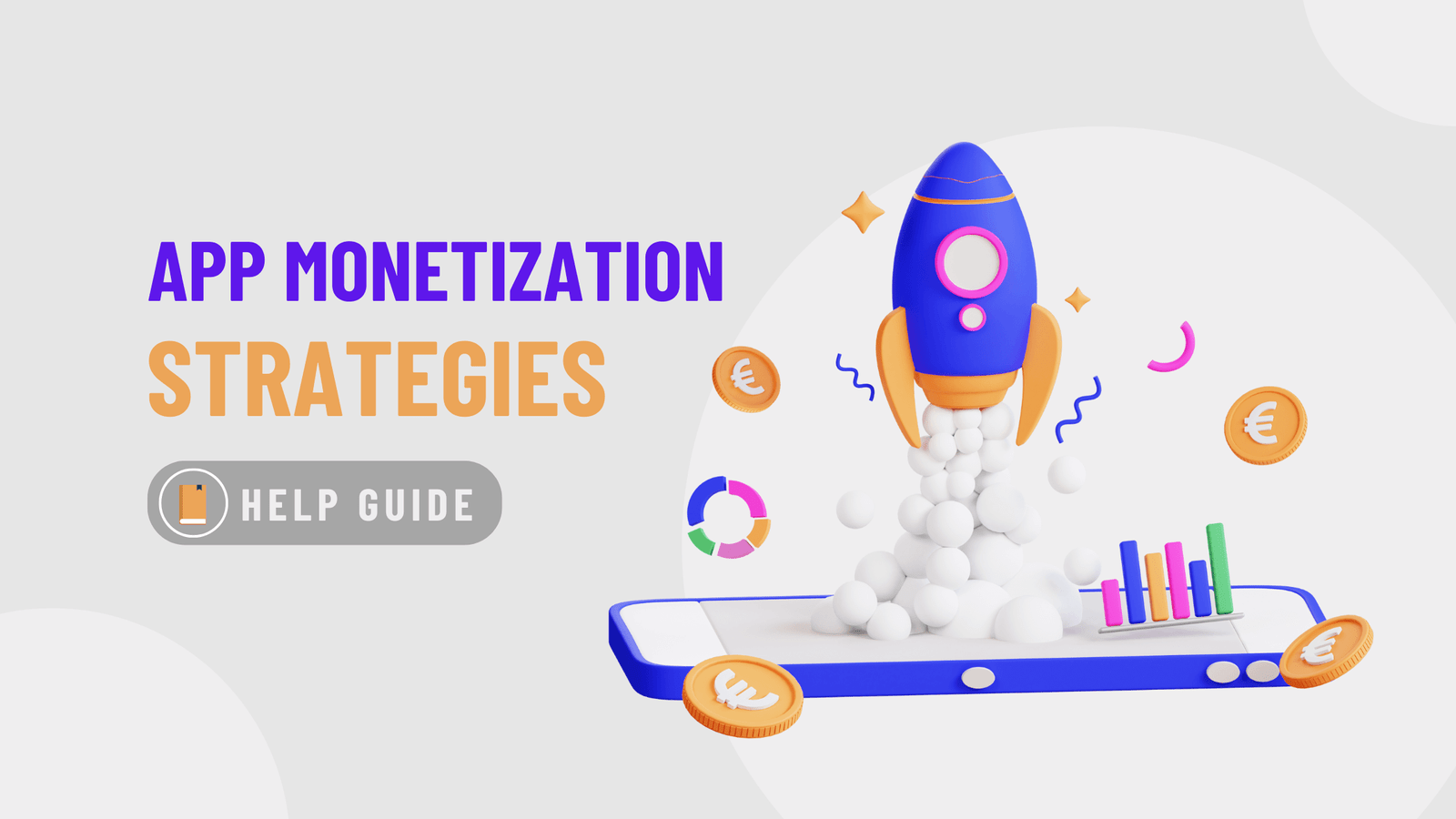
The Latest Trends in Graphic Design for 2024
As we step into 2024, the world of graphic design continues to evolve, bringing new trends that are both exciting and innovative. For businesses in the US and Canada, staying ahead of these trends can be key to maintaining a strong brand presence and connecting with audiences in meaningful ways. In this article, we'll explore some of the most significant graphic design trends for 2024 and how they can be applied to your marketing and branding strategies.
1. Sustainability and Eco-Friendly Design
With increasing awareness of environmental issues, sustainability has become a crucial consideration in graphic design. Consumers in North America are more conscious than ever about the ecological impact of their choices. As a result, designers are focusing on eco-friendly materials and practices, such as using recycled paper for print materials and opting for digital formats to reduce waste. Brands that highlight their commitment to sustainability through their design choices can resonate more deeply with eco-conscious consumers.
How to Implement:
Incorporate vibrant accents into clean, simple designs to draw attention.Experiment with unique fonts and layouts to make minimal designs more engaging.
2. Minimalist Design with a Twist
Minimalism continues to be a dominant trend, but 2024 sees it taking on new forms with unexpected twists. Designers are experimenting with bold colors, playful typography, and asymmetrical layouts to add personality and depth to minimalistic designs. This approach allows brands to maintain clarity while still expressing creativity and individuality.
How to Implement:
Incorporate vibrant accents into clean, simple designs to draw attention.Experiment with unique fonts and layouts to make minimal designs more engaging.
3. 3D and Immersive Design
Advancements in technology have made 3D design more accessible and popular. In 2024, we expect to see an increase in the use of 3D elements, animations, and immersive experiences in graphic design. This trend helps brands create more engaging and interactive content, particularly for digital platforms.
How to Implement:
Use 3D graphics to create eye-catching visuals for your website or social media.Consider incorporating AR (Augmented Reality) elements to provide interactive experiences.
4. Retro and Nostalgic Design
Nostalgia continues to play a significant role in design trends, with a particular focus on the 70s, 80s, and 90s aesthetics. Retro design elements evoke a sense of familiarity and comfort, appealing to consumers' emotions and creating a strong connection with the past.
How to Implement:
Use retro color schemes and fonts to create a nostalgic feel.Integrate vintage-inspired graphics and illustrations to enhance your brand's storytelling.
5. Inclusivity and Diversity
Reflecting the diverse society we live in, inclusivity in design is more important than ever. Brands are embracing diverse representation in their visuals, ensuring that their designs resonate with a broader audience. This trend includes considering different cultural backgrounds, genders, and abilities in graphic design.
How to Implement:
Use inclusive imagery that represents a diverse range of people and experiences.Ensure your designs are accessible to all users, including those with disabilities.
6. AI-Powered Design Tools
Artificial intelligence is transforming the design process by automating repetitive tasks and offering new creative possibilities. AI-powered design tools can help designers work more efficiently and explore innovative design solutions, from generating design variations to enhancing image quality.
How to Implement:
Experiment with AI tools to streamline your design workflow.Use AI to analyze design trends and tailor your visuals to your target audience.
Conclusion
Embracing these graphic design trends in 2024 can help your business stay relevant and connect with audiences in the US and Canada. Whether you're focusing on sustainability, leveraging new technologies, or fostering inclusivity, these trends offer valuable opportunities to enhance your brand's visual identity. By staying informed and adaptable, you can ensure that your designs continue to captivate and engage your audience.






























